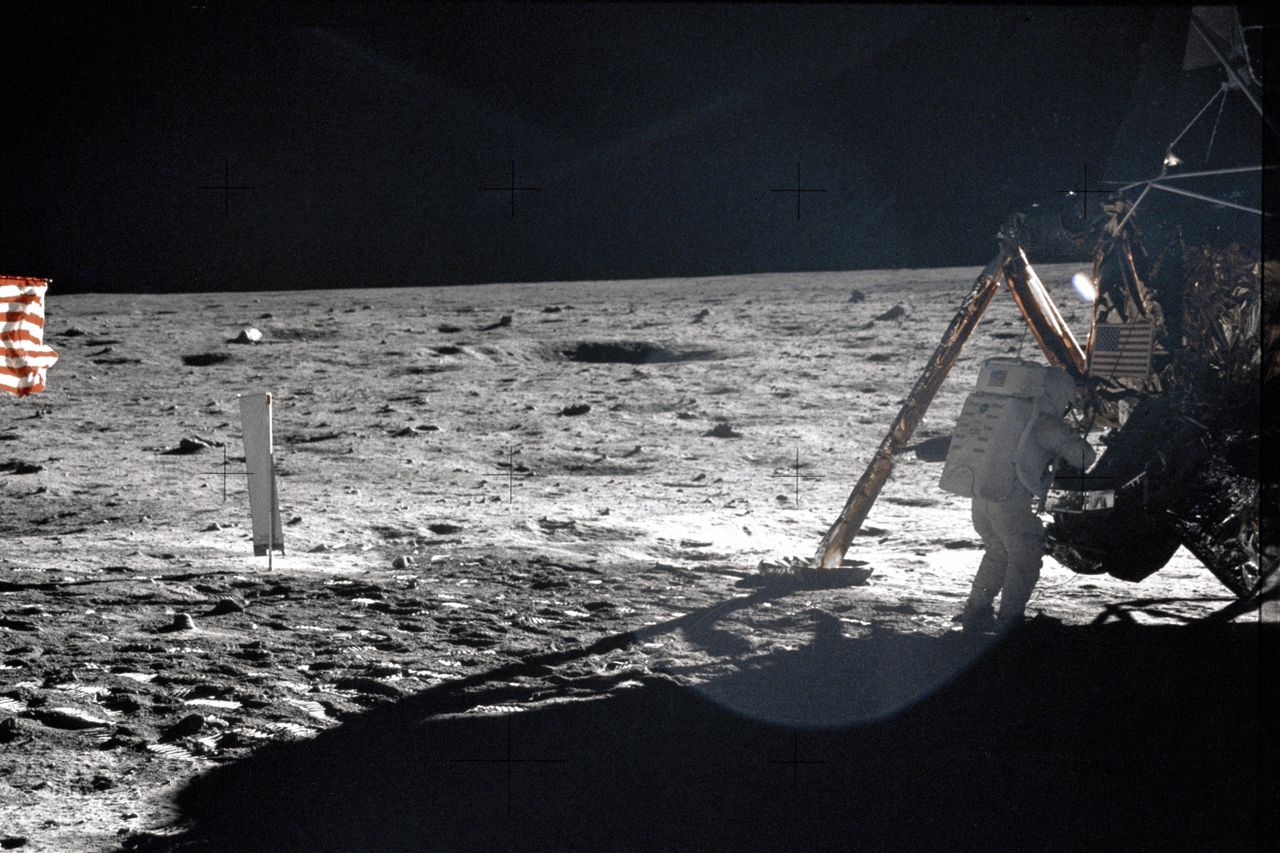It Took Nearly A Decade For Neil Armstrong To Step On The Moon

JAKARTA - At 10:56 today, July 20, more than half a century ago or in 1969, American astronaut Neil Armstrong, managed to become the first person to set foot on the moon. The idea of stepping on the moon was first formally pushed by President John F. Kennedy in 1961. It took nearly a decade to make it happen.
All attempts to probe Earth's natural satellite, originated with President John F. Kennedy prompting for the May 25, 1961 Congress event. "I believe this nation must commit to achieving the goal of landing a man on the moon, and returning him safely to Earth before this decade ends, "Kennedy was quoted as saying on the official NASA website.
At that time, the United States was still following the Soviet Union when it came to space. This may be one of the fires, until finally they are able to realize Kennedy's ambition and overtake the technological developments of his rival country.
Five years on the job, the National Aeronautics and Space Administration's (NASA) international scientists and engineers successfully carried out its first unmanned Apollo mission. The first experiment was conducted to test the structural integrity of the launch device.
Unfortunately, a year later tragedy struck the Kennedy Space Center in Cape Canaveral, Florida. A fire broke out during a test launch of the Apollo spacecraft and the Saturn rocket. As a result of the incident three astronauts died.
The tragedy didn't hurt NASA. They actually stepped on the gas even more until in October 1968, the first manned spacecraft mission, Apollo 7, succeeded in orbiting. By that time they had successfully tested the sophisticated systems needed to travel and land on the Moon.
At the end of that year, Apollo 8 brought three astronauts closer to the moon and made it back. Then in March 1969 Apollo 9 tested the lunar module for the first time while in Earth orbit.
The space project continued to accelerate that year. By May, three of the Apollo 10 astronauts managed to get the full set of Apollo aircraft closer to the moon, before embarking on its landing mission in July.
Then on July 16, Apollo 11, ridden by three astronauts Neil Armstrong, Edwin Aldrin Jr. and Michael Collins, took off from the Kennedy Space Center. The procession was witnessed by millions of pairs of eyes through television broadcasts.
Towards the MoonAfter traveling 240,000 miles in 76 hours, Apollo 11 entered lunar orbit on July 19. The next day, mission commanders Armstrong and Aldrin boarded the Lunar Eagle Module which is separate from the main module.
Two hours later the Eagle began its descent to the lunar surface and at 4:18 p.m. the plane landed on the southwestern edge of the Sea of Tranquility. Armstrong immediately radioed the Mission Control Center in Houston, Texas. "The eagle has landed," said Armstrong.
At 10:39 p.m., Armstrong then opened the hatch of the lunar module. Slowly but surely he began to walk down the module ladder and he began to walk on the lunar surface. Cameras attached to planes recorded and broadcast this historic event to millions of people on Earth.
On a radio channel broadcast to all corners of the Earth, Armstrong uttered his famous words. "It is one small step for mankind, and one giant leap for mankind," he said.
A moment later, Aldrin joined Armstrong on the Moon. They together capture the moments and visions that are there. In addition they planted US flags, carried out some simple scientific tests and spoke with President Richard Nixon via Houston.
At 1:11 the next day, the two astronauts were back in the Eagle lunar module. The module starts flying towards the central module. Among the objects left on the lunar surface is a plaque that reads: This is where people from planet Earth first set foot on the moon --July 1969 AD - We come in peace to all humanity.
